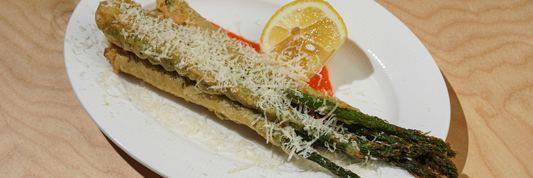How to recork wine is an essential skill that can help preserve the flavor and quality of your favorite bottle. Whether you’ve opened a bottle for just a glass or a few, properly sealing it back up is crucial to maintaining its integrity. In this guide, we’ll walk you through the steps of how to recork wine, ensuring you can keep your wine fresh and ready for your next glass.
- How to Store Wine: A Comprehensive Guide to Preserving Quality
- Guide to Classifications and Popular Types of Wine
Why Properly Recorking Wine Matters

Wine is a delicate beverage, and once a bottle is opened, it begins to interact with the air. This process, known as oxidation, can significantly affect the wine's aroma, taste, and overall quality.
- Effects of oxidation on wine aroma, taste, and quality: When wine oxidizes, it can lose its fresh and fruity character, often becoming dull or flat. Additionally, excessive oxidation can lead to off-flavors that detract from the enjoyment of the wine.
- How recorking extends the lifespan of an opened bottle: Properly recorking wine minimizes exposure to air, which helps preserve its intended flavor profile for a longer period. By sealing the bottle again, you can keep the wine fresh for days or even weeks rather than letting it spoil in a matter of hours.
The Best Methods to Recork Wine
When it comes to recorking, there are several methods that can help maintain the quality of your wine.
Reuse the Original Cork: How to reinsert the cork correctly
Using the original cork is often the best option. Ensure it is clean before reinserting.
- Start by wiping away any residue on the cork and the bottle’s neck.
- Insert the cork carefully, with the end that was originally inside the bottle facing outward to avoid contaminating the wine with cork particles.
Use a Wine Stopper: Advantages of using specialized wine stoppers
Wine stoppers are designed specifically to fit well in various bottle types, providing an airtight seal.
-
Many stoppers come with additional features, such as built-in vacuum pumps, allowing you to extract some air before sealing.
Vacuum Sealers: Removing air to preserve wine freshness
For those serious about wine preservation, a vacuum sealer is an excellent investment.
-
These devices remove much of the air from the bottle, significantly slowing the oxidation process.
Alternative Options: Temporary solutions like plastic wrap or eco-friendly cork substitutes
If you don’t have a cork or wine stopper handy, there are temporary solutions available.
- Plastic wrap: Cover the top of the bottle with plastic wrap, securing it tightly around the neck. This isn’t a perfect seal, but it can provide a little extra protection for short periods.
- Eco-friendly cork substitutes: There are sustainable materials designed to fit standard wine bottles, which can serve as a temporary seal until you have a better option.
How to Recork Wine: Step-by-Step

Recorking a bottle of wine is a simple process if followed correctly.
- Clean the cork and bottle neck. Dirt or residue can compromise the wine’s flavor.
- Position the cork correctly (original top facing outward). This helps prevent contamination.
- Gently twist and push the cork back in. Don’t force it; a gentle motion will help avoid breaking the cork.
- Store the bottle horizontally to minimize air exposure. This position keeps the cork moist and helps maintain a tight seal.
How Long Does Recorked Wine Last?
The lifespan of recorked wine can vary based on a few factors.
- Typical shelf life for different types of wine after recorking: Generally, white wines last about three to five days, while red wines can sometimes maintain their flavor for up to a week if recorked properly.
- Signs that the wine has spoiled: If the wine has vinegar-like smells, off-flavors, or a significant change in color, it is likely spoiled and should not be consumed.
Eco-Friendly Tips for Wine Storage

Caring for the environment while enjoying wine is possible with these tips.
- Use sustainable wine stoppers made from recycled or biodegradable materials: Many products on the market now offer eco-friendly options that provide airtight sealing.
- Store wine in eco-friendly conditions (cool, dark, stable temperature): A consistent climate that avoids fluctuations is key to prolonging the lifespan of your wine.
Conclusion
How to recork wine may seem like a small task, but when done right, it helps extend the life of your wine and preserves its taste. By following these simple steps, you can enjoy your opened bottle for days or even weeks without losing its charm. So, next time you pop a cork, remember how to recork wine properly and savor every drop when you're ready.




